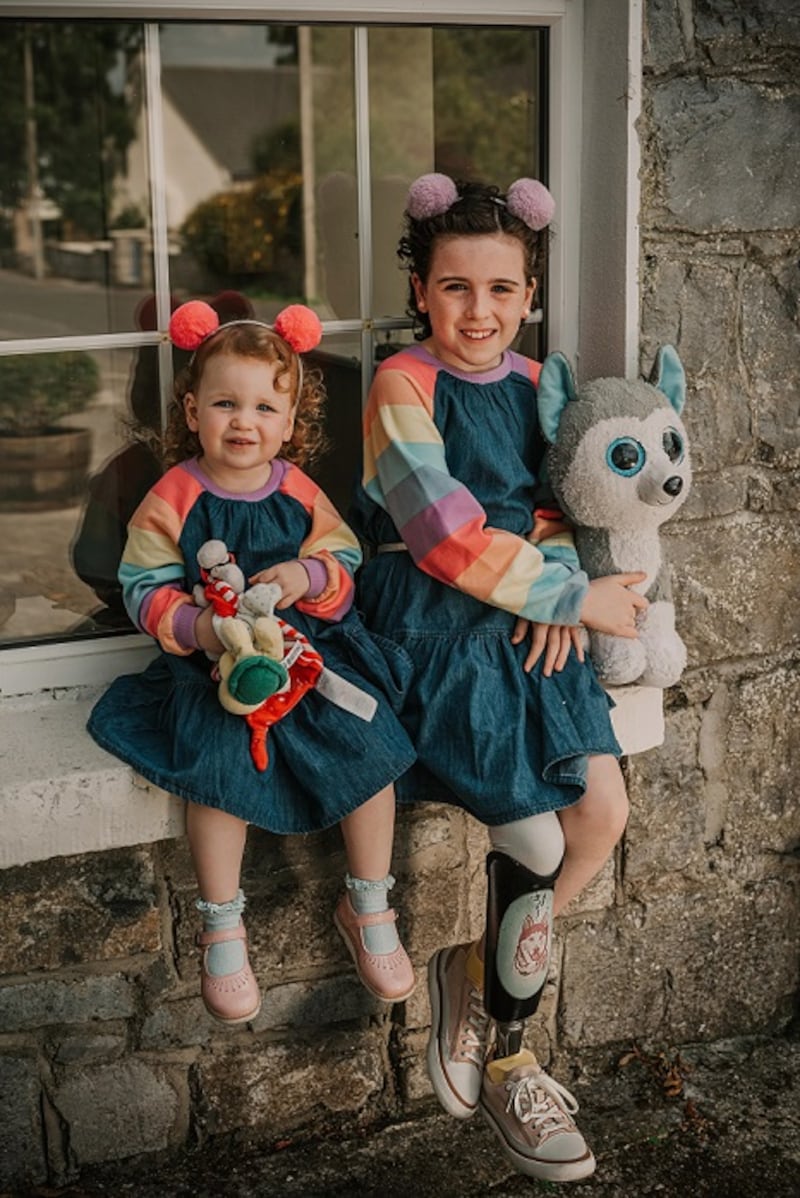Child cancer survivor Saoirse Ruane, who had viewers of The Late Late Toy Show last Christmas reaching for their tissues, has one special toy in her life called Slush.
A toy Husky dog, Slush, was on the seat in the RTÉ studio as the Co Galway girl explained to Ryan Tubridy about how her leg had been taken away, due to an osteosarcoma – bone cancer in her tibia. That soft toy, who is always by her side, was even in theatre when the amputation was being done.
Santa brought Slush into Saoirse’s life at Christmas 2017 – “and the infatuation began”, says her mother Roseanna Ruane, speaking from their home in Kiltullagh. “He has gone to everything with her,” including all the medical appointments since she began to feel unwell around Christmas 2019.
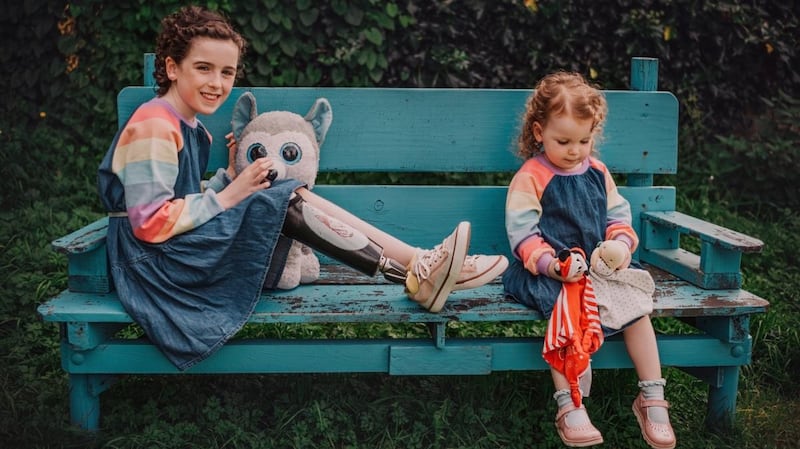
“He was there, going up and down in the car; in the bed with her, in theatre with her. He even came back from Saoirse’s biopsy with a bandage on his right leg as well.”
Ten months on since that Late Late Toy Show appearance, Saoirse, now aged 9½, and Slush are featuring in a new awareness campaign around inclusion in childhood. The universal childhood phenomenon of a comforter – the one special item that gives a child a sense of security – is the focal point of the campaign, with its #IBelongToo tag.
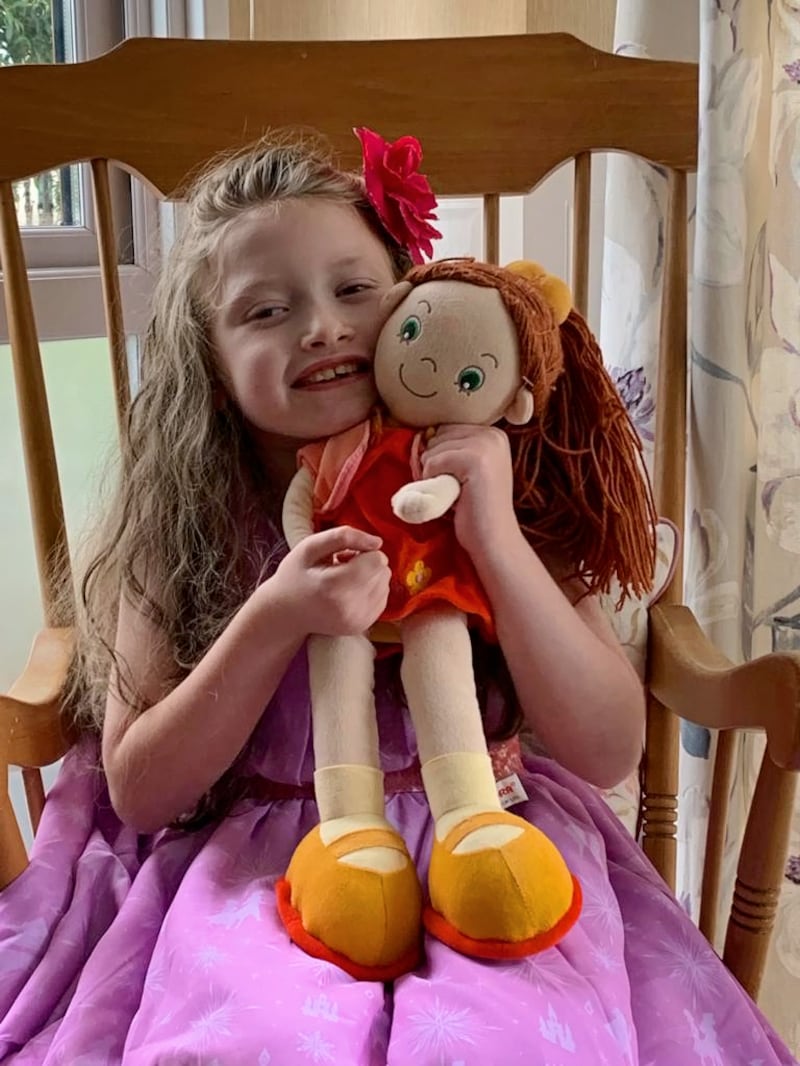
"These comforters, though unified in purpose, all have different stories as diverse and unique as the children they belong to," says campaign founder Alda Smith of Kinderfli, a Co Wicklow-based start-up that is offering a different perspective on diversity and inclusion in childhood.
Inclusion is generally the idea that every child, including those with disabilities or some other disadvantage, should have equal access to opportunities, resources, facilities and activities. While this is a good starting point, she says, it sometimes isolates and labels the very child the idea tries to protect.
We live in a world furnished for what society tells us is typical – not the atypical
It also, she argues, puts all the responsibility on parents, schools and service providers, and there’s a sense of tolerating differences rather than embracing them. “Progress in the quest for inclusion has been made but we have only scratched the surface and the reality is that we live in a world furnished for what society tells us is typical – not the atypical.”
Smith, a mother of three and author of Ignite! The Firefly Theory, set up Kinderfli with the aim of helping all children, both typical and atypical, reach their full potential by, she says, making healthy and inclusive choices easier for parents, teachers and healthcare providers. For this #IBelongToo social media campaign, which runs until October 20th, she is inviting parents and children everywhere to share, through Instagram, photos and stories of cuddly items and the children they comfort.
Buddy Bench Ireland, which educates primary school children about positive mental wellbeing and the importance of kindness and friendship, is backing the campaign. "We're all about inclusion," says its founder and chief executive, Sam Synott. "About 30 per cent of our emails are from parents of children on the [autism] spectrum, so inclusion and diversity are very, very important to what we do."
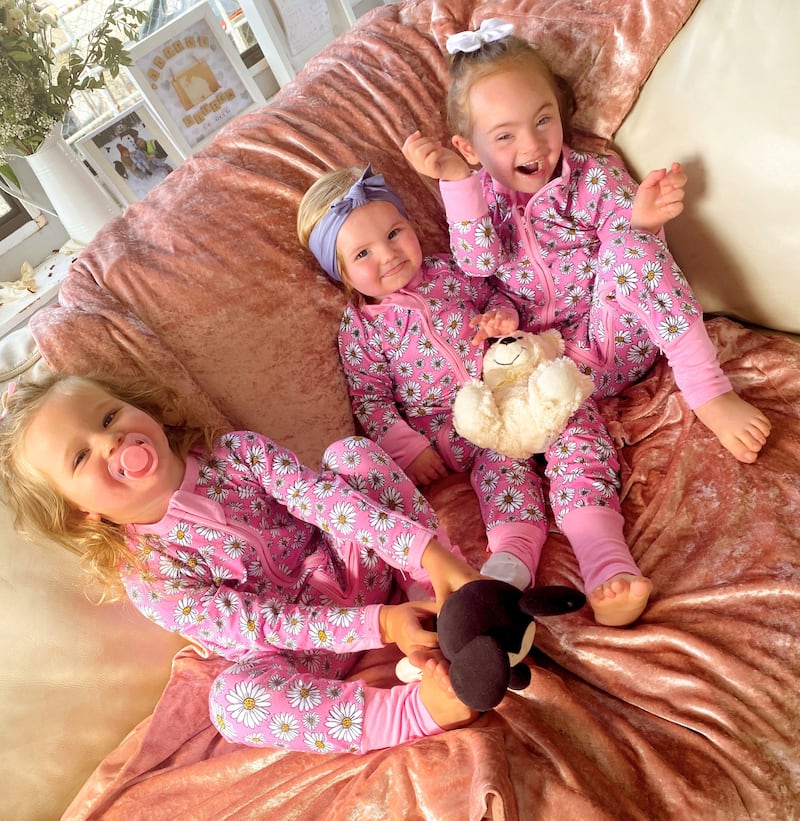
Inclusion in education settings is key, says the chief executive of the Children's Rights Alliance, Tanya Ward. If you ask children what matters most to them in these settings, the answer is friendship and, for very young children, play.
Unfortunately in Ireland, “we mainstreamed children [with additional needs] and then we had a recession”, she points out. “All the support services you need to do mainstreaming didn’t get the investment they needed over time. It becomes a much more complex and challenging environment for schools when they don’t have those kind of services on the side.”
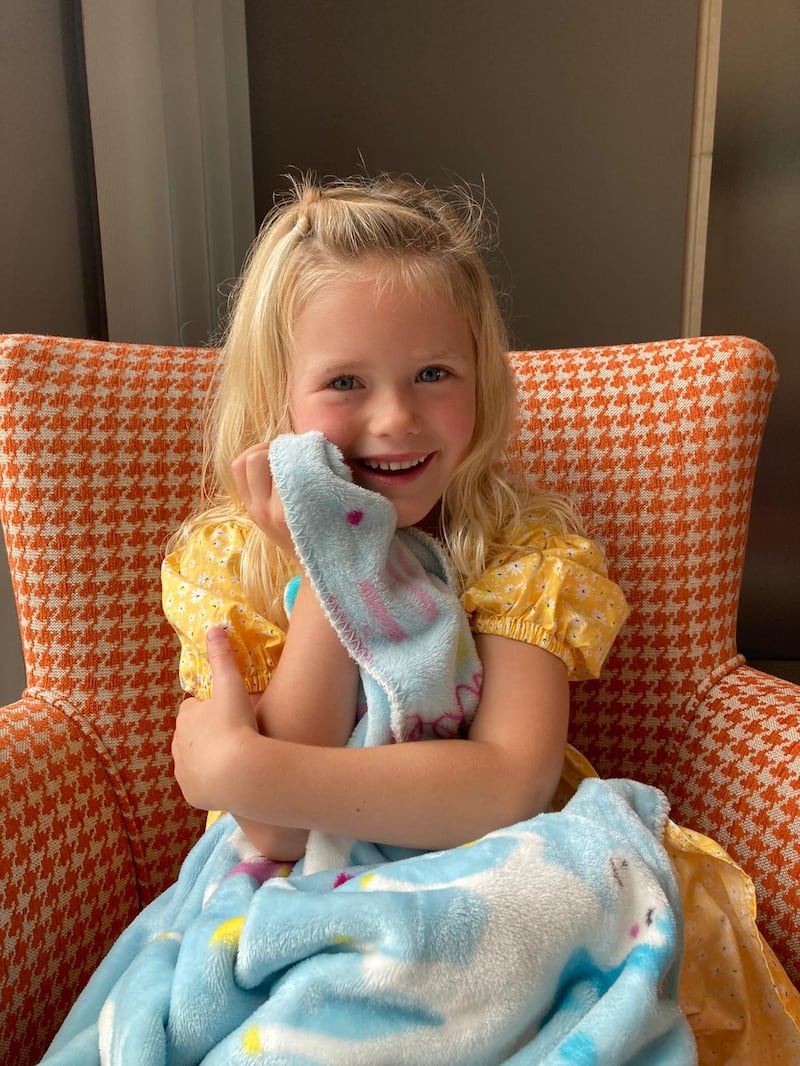
What’s missing in the education system, she suggests, is a blanket approach of treating every single child as an individual.
“What you want is universal services that all children and young people get to benefit from. A school that really focuses on the individual child, builds their learning around their needs and then if they do have additional needs, the service is there for them.”
Although children worldwide are “amazingly diverse”, they are united in their need to feel secure and loved and most have an item that brings them comfort, says Smith.
These comforters come in all shapes and sizes but they are almost invariably soft and cuddly – like the child’s mother – and, most importantly for babies, they probably carry her scent too. A very small child’s first comforter is the “transitional object” that helps them handle separation from their primary caregiver who, biologically speaking, and with all due respects to fathers, is generally the mother at the outset.
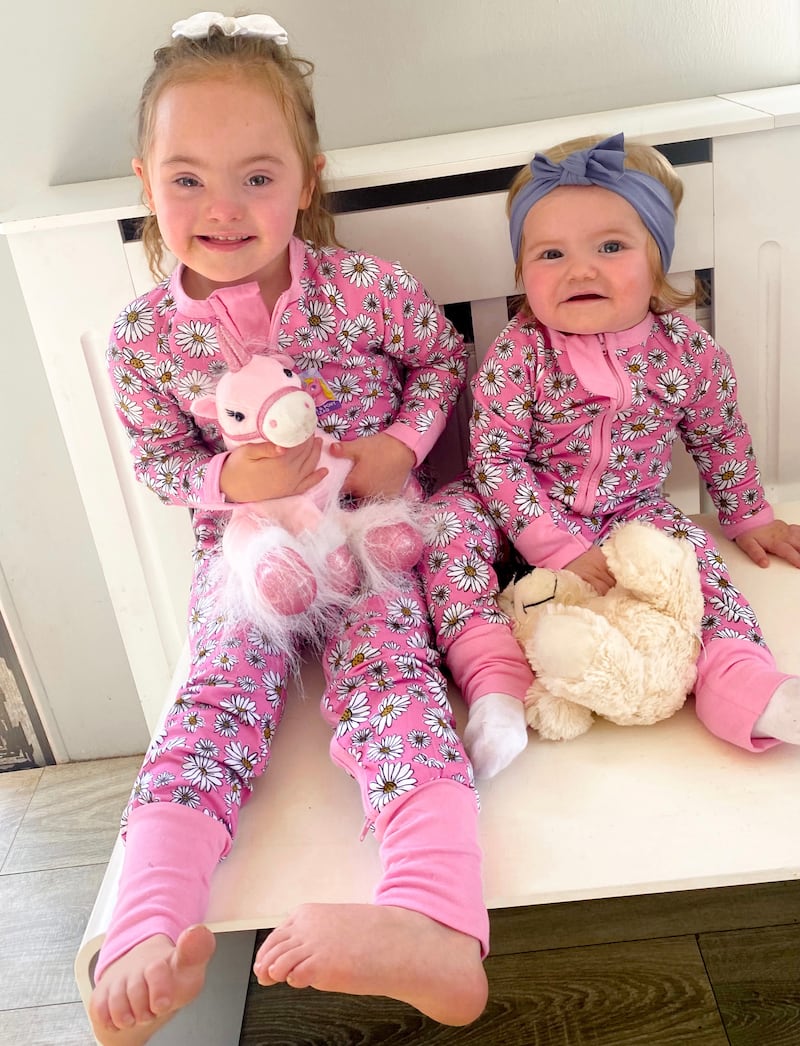
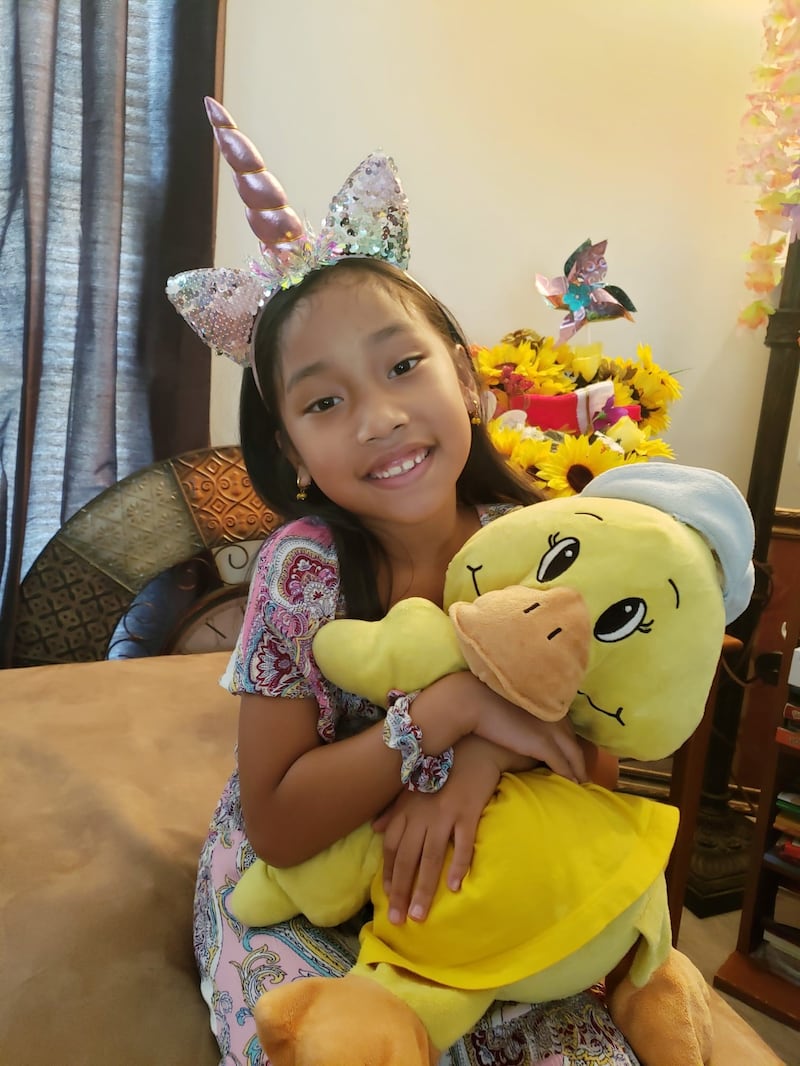
It is from about six months old that a comforter is likely to start to have a starring role in a child's life. As much as the parent might like to select this omnipresent object, it's always the child's choice, says clinical psychologist Dr Vincent McDarby, president-elect of the Psychological Society of Ireland.
God forbid that it's a pair of knickers
It could, for instance, be a toy, a blanket, a pillow, or he has seen children whose transitional object is an item of a parent’s clothing. “God forbid that it’s a pair of knickers or something,” he laughs, in which case you might want to try to transfer their affections onto something more socially acceptable.
While the comforter may start out as something a baby cuddles in the cot when the parent leaves, it will probably become part of daytime outings too, possibly for several years.
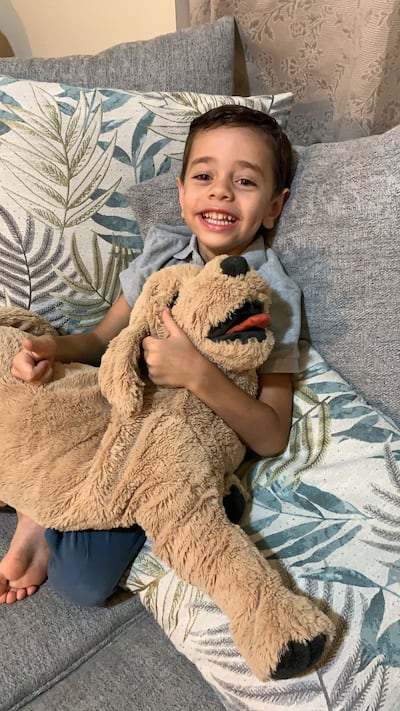
Sometimes people mistakenly think that a child going around gripping a security blanket or toy is likely to be an anxious child. In fact it’s quite the opposite, McDarby says, “while they have that, they are much more likely to explore the environment, are much more confident and much happier”.
Babies and toddlers need to take risks and move out of their comfort zone because they learn through exploration and they’re more likely to do that when they feel safe and secure.
“Children, provided they have good attachment to a parent, are much more likely to explore their environment if their parent is around,” he explains. They can look to the parent to help gauge if a situation is a threat and will be reassured if they’re calm. In the next step of development, the “transitional object” gives the child that confidence in the parent’s absence.
An estimated 70 per cent of children form a very strong attachment to a transitional object for a period of their young lives. However, it does seem to be a western phenomenon. It is speculated that the reason for this, says McDarby, is because babies are generally separated from their parents at night-time in western cultures, whereas prolonged co-sleeping is common in other parts of the world.
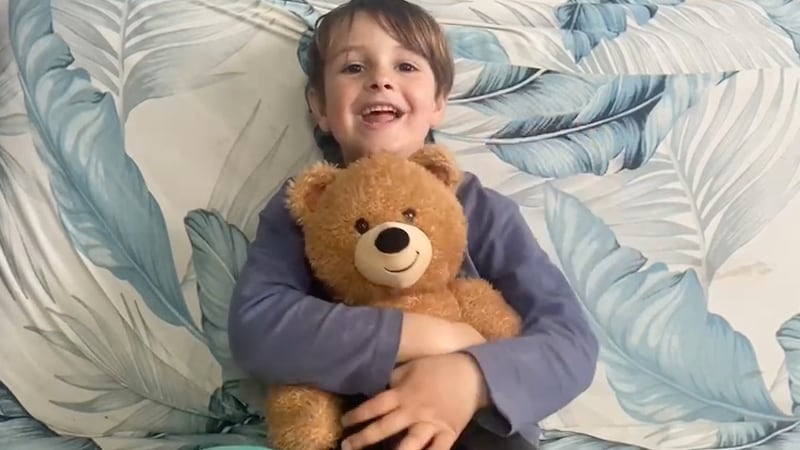
The first “buddy” in Saoirse’s life was a red-and-white striped bunny, who is now kept in a box because he is so delicate from years of service. But when her little sister Farrah Rose, now aged 2½, came along, Roseanna encouraged her to befriend a set of soft buddies. “We realised how quickly you could lose them. She doesn’t rely on the same one all the time.”
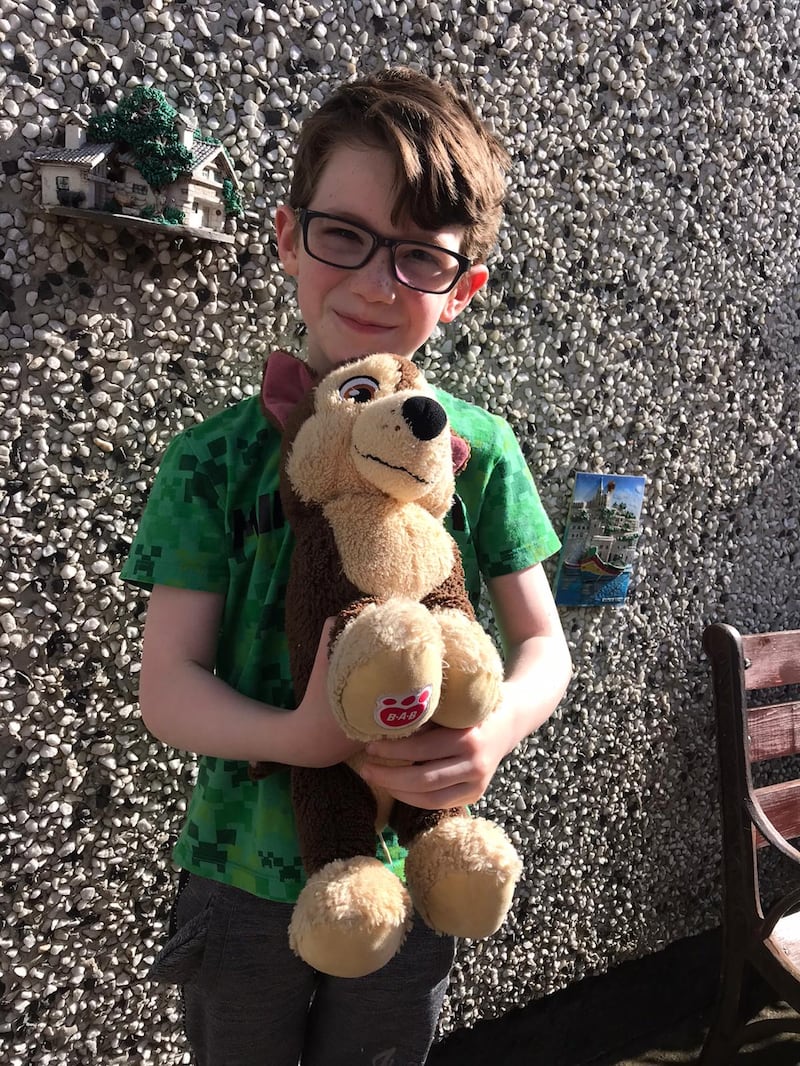
Saoirse has taken the fame that followed the Toy Show appearance in her stride. “I believe it was the most rewarding thing that could have happened for her,” says Roseanna. “She doesn’t get up in the morning and be down about life.”
She doesn’t compare herself to others and, if that does come in her teenage years, Roseanna says she and her husband Ollie will be ready to deal with it. “For now she is a very happy-go-lucky child.”
Saoirse’s walking is a “work in progress”, with a visit to a hydro pool and a separate physio session every week to help improve her gait.
We are always encouraging her to not worry about being different
“She is running now but that is something she has to work on too.” Having gone back to playing camogie last June, Saoirse is coming around to the possibility of having a blade prosthesis at some stage, to improve her speed.
“We are always encouraging her to not worry about being different,” adds Roseanna. It’s a case of “you are here because you got rid of your leg – it’s as simple as that”.
